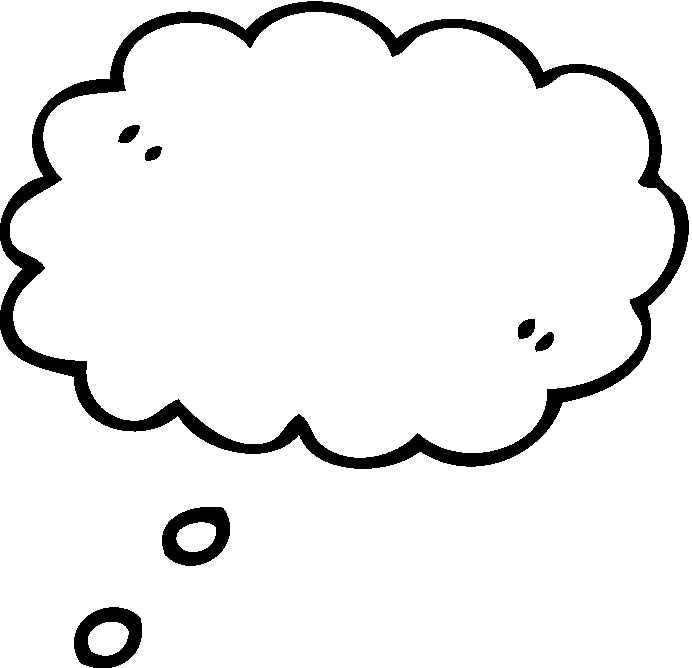Want to revise your language evaluation skills in 'Ozymandias'?

Hopefully, you know 'Ozymandias' well enough by now to be able to evaluate Shelley's choices of language in the poem. Now remember, evaluating language is actually quite simple if you break it down into these two points:
What attitudes are expressed by the poet, through this language choice?
What effect does this word have on you, the reader?
.jpg)
When we break up our language evaluation into these two points, it is easier to get into the nitty gritty of word choice. It also helps to evaluate language by putting ourselves into the speaker of the poem's shoes. Why does the poet use specific words and what is the effect of these words?

Here's an example of language evaluation to get you going. Don't worry, you won't have to do anything as long as this in the exercise.
Early on in the poem, Shelley writes about Ozymandias "two vast and trunkless legs of stone". Shelley uses the adjectives "vast" and "trunkless" to portray a contrasting idea. Ozymandias' statue is big and great, hence the adjective "vast" but it is also "trunkless", suggesting that the statue is a missing a vital part of itself. Shelley portrays contrasting ideas in order to, perhaps, present Ozymandias' idea of himself (vast) in contrast to the way other's view him (trunkless). Thus, through this description, we have our first insight into Ozymandias as great- big in size- but arrogant, cruel and delusional about his own sense of power. He is "trunkless" and, therefore, lacking in some way.
Some of the questions will require marking before you receive a total score.

